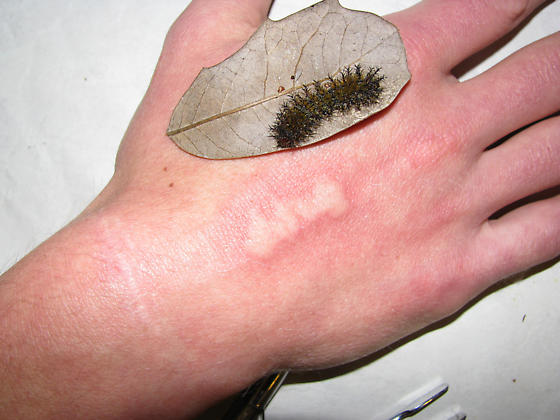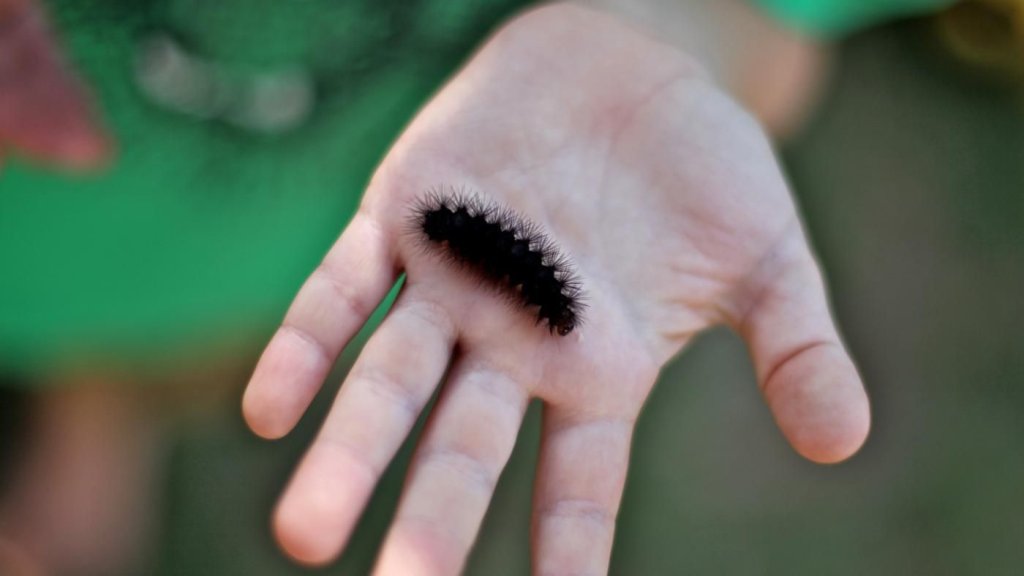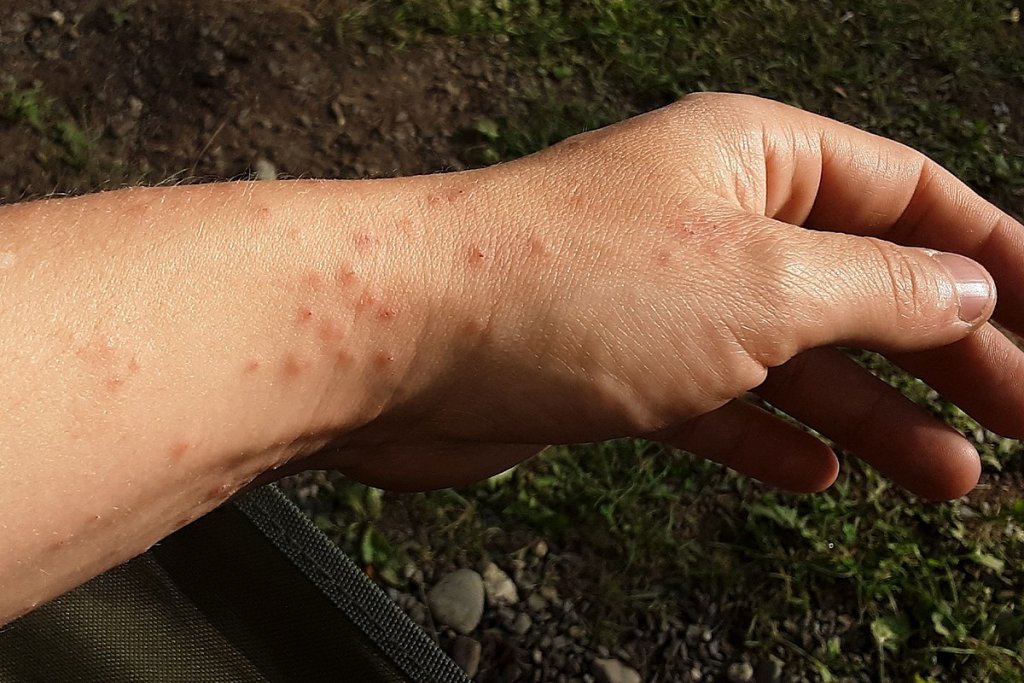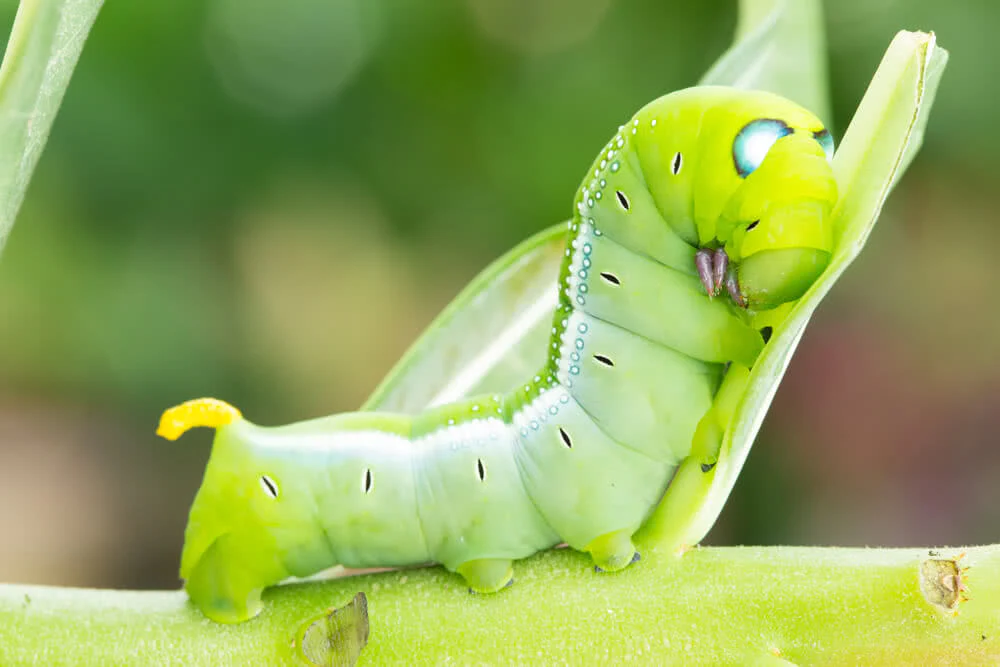Caterpillars are the pre-generation of butterflies. They are tiny creatures that, later in their life, turn into butterflies. It is often asked whether these green-colored caterpillars are poisonous; if you ask us, we would say yes. Some caterpillars tend to be poisonous, and their sting is so toxic that it can leave you with various problems like rashes, headaches, and swelling.
Not all caterpillars are poisonous; only a few tend to have poison. However, the ones with spikes on their bodies mostly have poison. If one ever comes in contact with those spikes, they can fall sick as the poison starts rushing into the body.
Therefore, to help you with that, we have created a list of poisonous caterpillars that you should avoid getting in touch with.
The Full Story
If you are also interested in knowing all about caterpillars but don’t know where to start, then we are here to help you. Certain types of caterpillars have toxins in them and can cause serious problems after coming into contact.
Caterpillars are small creatures, but surprisingly, they can cause a lot of stings on your body. Most caterpillars are considered to be harmless, but there is a certain group of caterpillars in the USA that can be poisonous.
Some are the saddleback, gypsy moth, io moth, slug, flannel moth, buck moth, and spiny oak slug. These are some caterpillars that one should avoid as they have many toxins in them.
When caterpillars start growing, they feed on leaves before they convert into pupa. Sometimes, while they are growing on leaves, they experience unintentional touch. This is basically by brushing or touching a leaf in the garden.
Therefore, while doing so, one can be a predator of caterpillars, and they can sting. When a poisonous caterpillar stings, there are several negative effects on the body, like headache, swelling, and even rashes.
Do You Think Caterpillars Bite?

According to studies, caterpillars don’t bite. Now, you might be wondering, if they don’t bite, how is it possible that they are poisonous? Caterpillars have small hairs, stings, spines, or quills over their body. The spines and hair on their body are connected to glands that carry toxins.
When someone touches a caterpillar, they burst toxins into your skin as a defense mechanism. Some of these symptoms are related to an allergy and can cause irritation, redness, and more problems.
Some problems can also be a little serious, like headaches and fever. The caterpillars that have poison in their body are usually present in the USA only. One needs to be careful around these caterpillars.
Are Fuzzy Caterpillars Poisonous?

Understanding how to recognize different caterpillars usually involves observing their body characteristics, especially when identifying potentially poisonous ones. The ones with spikes, spines, or fuzzy textures on the body’s outer skin can be poisonous. Hence, to be on the safer side, it is recommended to avoid touching them in any case possible. While gardening, one can contact them and feel the poison on their skin, but wearing gloves and hats can help you stay away from them easily.
How Does A Caterpillar Rash Looks Like?

One can experience the symptoms of caterpillar sting when they come in contact with the hair on their body with the human skin. Some of the common traits that come with the caterpillar sting are itching, pain, and rash.
Apart from this, blistering and swelling can also be a concern. Also, if the setae goes into the eyes, it can irritate the eye. Some caterpillars have different reactions as well and can cause welts and blisters. You can experience nausea, headaches, and shortness of breath as well.
How to Treat Caterpillar Sting?
If you ever come in contact with the caterpillar sting, you must do some treatment immediately. To help you with that, here are some of the steps you should follow:
- If the caterpillar gets stuck on your skin, take it off, not with your hand.
- Once the caterpillar is off your skin, tape the exposed area with the stick area down.
- Take off the hair so that hair or spines come off the skin easily.
- Do it again with fresh tape and treat the area again gently.
- Then, clean the area with water and soap.
- Even if the area still itches, paste baking soda and water.
- You can also apply hydrocortisone cream or antihistamine cream.
Conclusion
From the above article, you might have understood that not all caterpillars are poisonous. However, some of them are poisonous and can cause serious allergies and rashes.
Caterpillars don’t bite, but they have hairs and spines on their body that have poison, and when they get in touch with human skin, there are severe consequences.
Even if you get in contact, certain remedies like washing, using tape, and medicine can help you relieve pain, rashes, and irritation.

